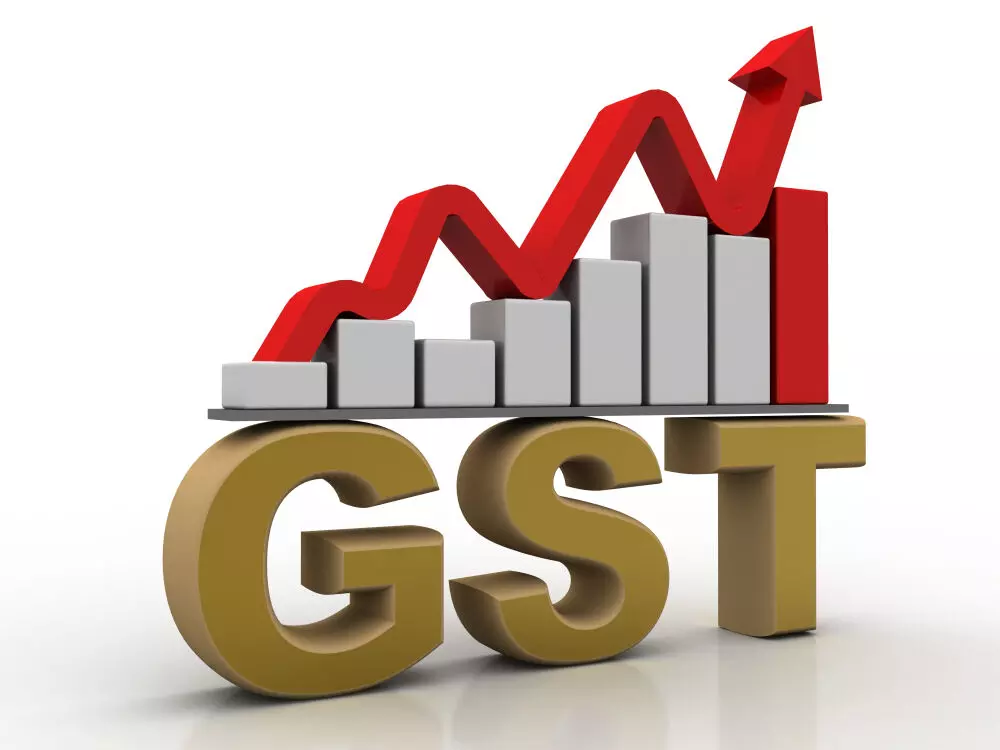Stable and promising

The initial reservations floated against the Goods and Services Tax (GST) regime in India are now by and large off the scene, with the indirect tax system consistently showing resilience and stability as the time passes. Its performance in recent times has garnered significant attention. The latest data on GST revenue for August, pertaining to July transactions, reveals a promising picture for India's fiscal health. With a growth rate of 10.76 per cent, GST collections reached a substantial sum of Rs 1,59,069 crore in August, being only marginally lower than the government's rational target of an average monthly GST receipt of Rs 1.6 trillion for the current fiscal year. In fact, the first five months of the fiscal year 2023-24 have already exceeded expectations, with an average monthly collection of Rs 1.66 lakh crore, significantly surpassing the set target. This remarkable progression can be largely attributed to the record-breaking collection of Rs 1.87 lakh crore in April, which set the stage for a robust fiscal year in the beginning itself. Breaking down the GST collection figures for August, it may be observed that Central GST (CGST) collections amounted to Rs 28,328 crore, State GST collections stood at Rs 35,794 crore, and Integrated GST (IGST) reached Rs 83,251 crore. While the numbers are certainly indicative of a stable trajectory, it's essential to consider the GST collection figures between July and August. Between July and August, both the growth rate of GST collections and absolute GST collections experienced a decline. In July, GST collections amounted to Rs 1.65 lakh crore, but this figure decreased slightly to Rs 1.59 lakh crore in August. The year-on-year growth rate also showed a marginal dip, from 10.8 per cent in July to 10.76 per cent in August. Despite these minor fluctuations, which are anticipated as people's spending patterns shift, the GST regime demonstrates resilience and maintains a steady course. What adds to the reassurance is that the recent GST collection figures received a boost from increased consumption seen across the nation. Even in the face of erratic monsoon patterns, July witnessed businesses generating a substantial 87.95 million electronic waybills (e-way bills) for the transportation of goods. This represents a modest increase compared to the previous month, June, when 86.05 million e-way bills were generated. E-way bills serve as crucial documents for the movement of goods, and their rise signifies ongoing economic activity, which is a positive indicator for the overall health of the economy. Furthermore, the consistent growth in GST collections aligns harmoniously with India's robust year-on-year GDP growth of 7.8 per cent in the first quarter — marking the highest growth rate in the last four quarters. This synergy between GST revenues and GDP growth reflects the effectiveness of the GST framework in supporting economic growth. As we look ahead, a considerably long festive season is just around the corner, and with it, there is likely to be a potential surge in consumer spending. This festive season is likely to serve as a catalyst for both GDP growth and GST revenues, further reinforcing the optimistic outlook for India's fiscal year. The festive season traditionally witnesses increased economic activity, and this year is expected to be no exception. To sum up, the Goods and Services Tax (GST) in India is treading a stable trajectory, and barring any unforeseen major shocks, it appears well-poised to comfortably achieve its target of an average monthly GST receipt of Rs 1.6 trillion in the current fiscal year. The GST collections, bolstered by a resilient economy and the promise of a festive season, offer an encouraging outlook for India's fiscal future. This steady growth in GST revenues not only benefits the government but also reflects the strength and resilience of the Indian economy as a whole. There are enough reasons to feel upbeat.



